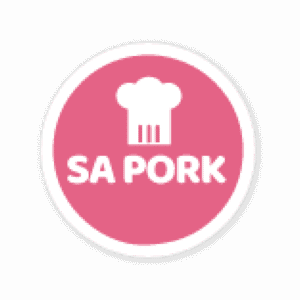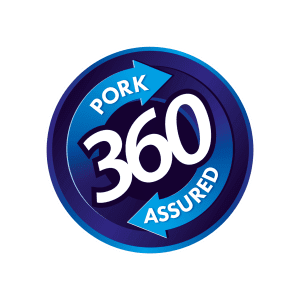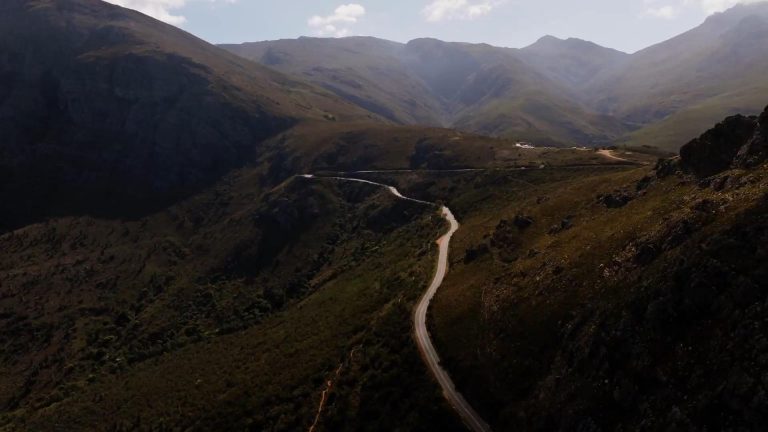Source: Wandile Sihlobo, Agricultural Economics Today, 23 March 2021, photo credit: CarAdvice
The lower oil prices in 2020 kept South Africa’s agricultural input costs at reasonably lower levels in 2020. But this year will not be the same; the Brent crude oil price has recovered from lower levels last seen this period last year when the pandemic hit the world, and there was heightened uncertainty about the economic conditions. On 18 March 2021, the Brent crude oil price was up by 125% y/y, trading around US$63,48 per barrel.
South Africa is an importer of oil and fertilizer, and therefore at the cold-face of these price increases. The costs will be reflected in the diesel and fertilizer prices for South African agriculture and the agribusinesses sector. This also comes when the domestic agricultural industry is approaching a high consumption period for both fuel and fertilizer – planting period for winter crops and harvesting for summer crops, all will gain momentum from May 2021.
Fuel generally accounts for between 11% and 13% of grain production costs, while fertilizer constitutes about 35% of grain farmers’ input costs and a significant share in other agricultural commodities and crops. Also, it is worth noting that South Africa transport by road roughly 81% of maize, 76% of wheat, and 69% of soybeans. On average, 75% of national grains and oilseeds are transported by road. While grain transporting occurs throughout the year, the harvest period is hectic and involves increased fuel consumption.
This means farm managers and agribusiness will have to plan for an environment different from last year, with prospects of increasing costs this time around.
Read more
The South African Pork Producers’ Organisation (SAPPO) coordinates industry interventions and collaboratively manages risks in the value chain to enable the sustainability and profitability of pork producers in South Africa.








